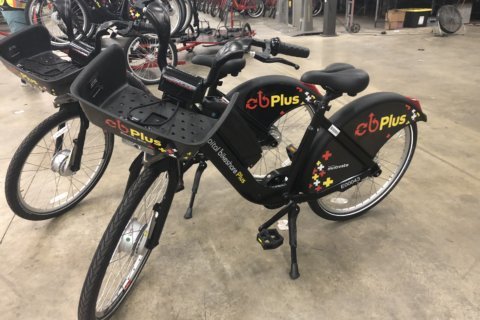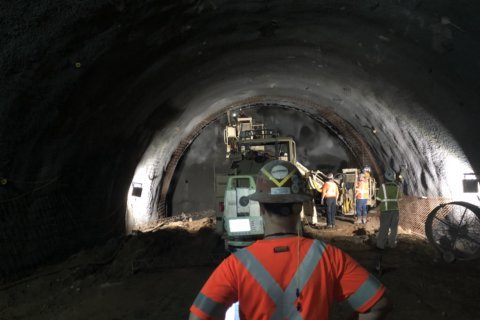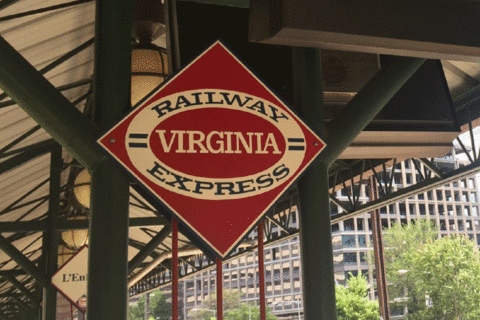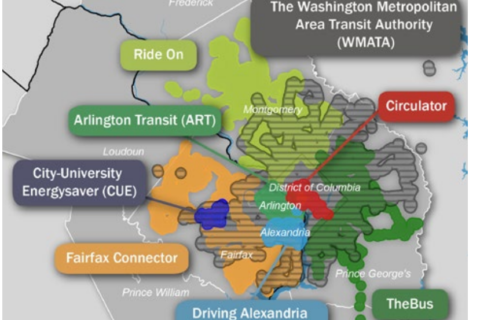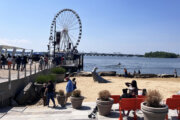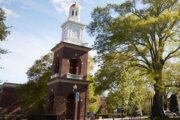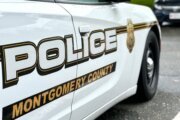WASHINGTON — Fairfax County’s expansion of Capital Bikeshare is set to accelerate over coming months, but a key commuter connection in the Reston, Virginia area could be put on hold again.
The county expects to open seven bikeshare stations around the Mosaic District and Dunn Loring Metro station this fall.
In a status report to be presented on Tuesday, county officials detailed a plan to place additional bikeshare stations around the Mosaic District and the Dun Loring Metrorail Station, with a total of seven stations set to debut at the former this fall. The expansion will be supported by private funding.
Beyond that, at least ten more bikeshare stations are planned in the Dunn Loring and Vienna/Oakton areas, paid for with about $500,000 in funding through the Interstate 66 toll lane project.
The county, along with the City of Fairfax, Town of Vienna and George Mason University, is also studying an expansion of bikeshare down the Route 123 corridor to and around campus. That study is expected to be finished by the end of the year.
Total Capital Bikeshare trips taken in Fairfax County rose significantly last year, as the county has installed more stations in its initial areas of Reston and Tysons.
Three more planned Capital Bikeshare stations have yet to be installed in Tysons after the launch there in Oct. 2016, and one extra station is planned in Reston.
“Additionally, staff is finalizing the locations of Phase II of Reston Bikeshare which will add 11 more stations to Reston, with a majority of those stations located south of the Dulles Toll Road,” the report read. “It is expected that these 11 stations will be installed in summer 2019.”
When those stations launch, however, crossing the Dulles Toll Road could remain a challenge for people both driving and biking.
The long-promised Soapstone Connector bridge that will link Sunset Hills Road and Sunrise Valley Drive just west of the Wiehle Reston-East Metro station is being held up by concerns that some buildings in the path of the proposed bridge could be declared historic.
While an initial county review found that was not an issue, a follow up due to complaints found buildings on Association Drive might qualify as historic. The board of supervisors could vote Tuesday to send the follow up to the Virginia Department of Historic Resources.
A feasibility study was done on construction of the bridge five years ago that identified the preferred alternative for construction, and money was allocated to it back in 2014. The Department of Historic Resources gave the green light in January 2017.
The Fairfax County Architectural Review Board raised questions though, which delayed the start of final designs from this January through now.
The purported historic buildings in the area would be notable under a criteria that says they are resources of exceptional importance that have achieved significance within 50 years of construction.
If that is the case, additional studies — and delays — would be required, potentially including a complete change to the expected location of the crossing.

